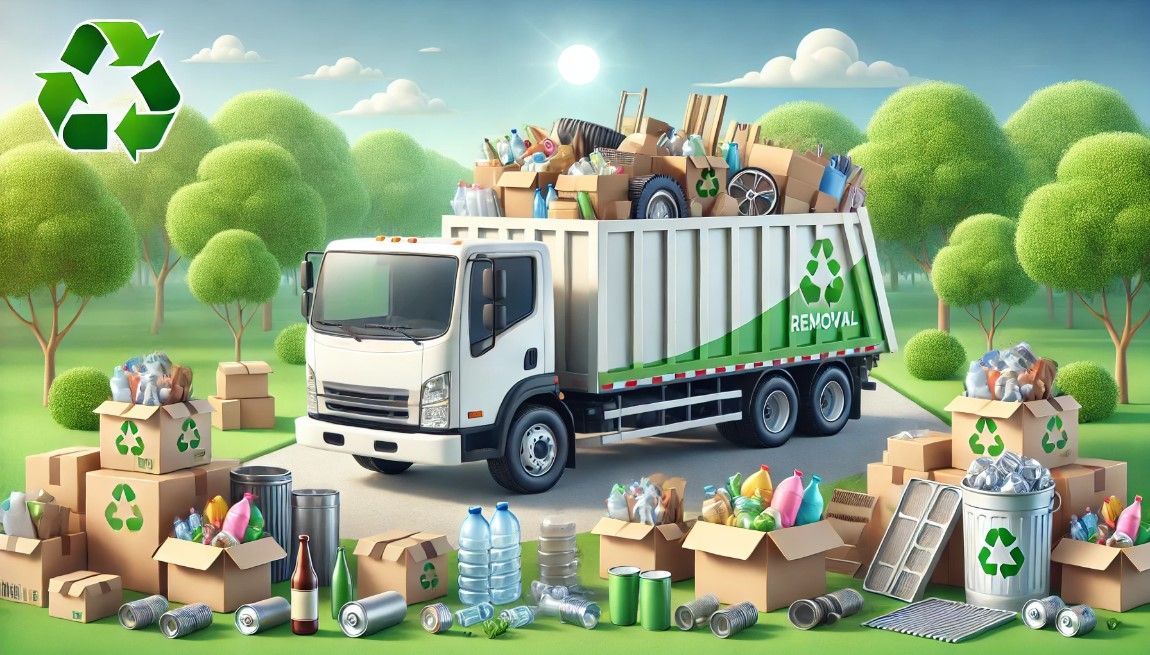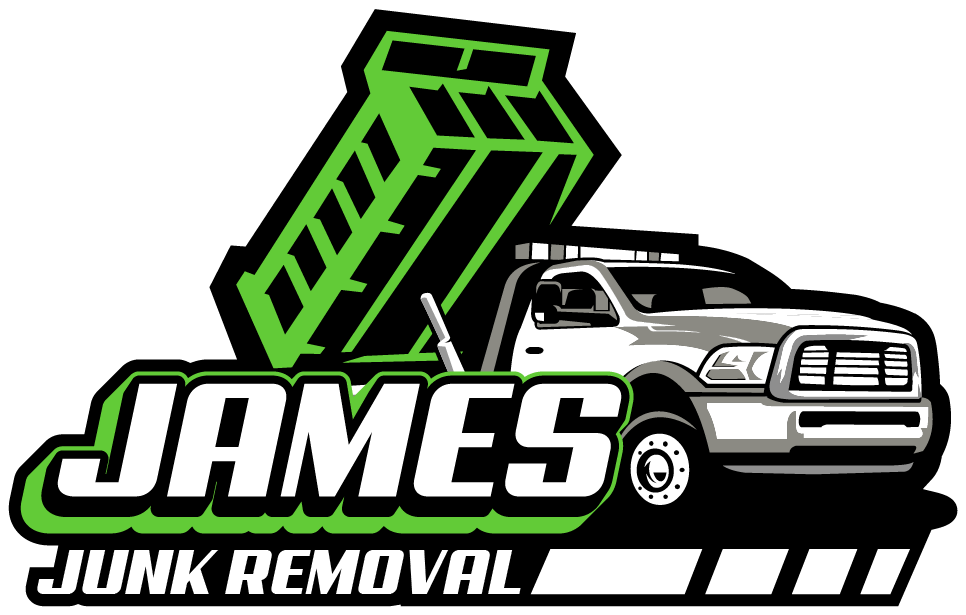GIVE US A CALL! 831-756-2932

Recycling Unwanted Items: How to Give Your Junk a Second Life
Got clutter? You’re not alone. Many people find themselves with unwanted items, from old furniture and electronics to everyday junk that takes up valuable space. But before tossing these things in the trash, consider a more eco-friendly option: recycling. By recycling unwanted items, you’re not only clearing out clutter but also helping the environment by reducing waste.
Why Recycling Unwanted Items Matters
Recycling isn’t just about throwing items in a separate bin; it’s a way to minimize waste, conserve resources, and make a positive environmental impact. Here’s why it’s worth the effort:
- Reduces Landfill Waste: Recycling keeps junk out of landfills, where it would otherwise contribute to pollution and greenhouse gas emissions.
- Conserves Resources: Recycled materials are repurposed to create new products, saving natural resources.
- Supports the Community: Donating reusable items helps those in need and keeps valuable resources circulating within the community.
- Saves Energy: Manufacturing products from recycled materials uses significantly less energy than creating them from raw resources.
Environmental Benefits of Recycling
| Benefit | Description |
|---|---|
| Reduces Waste | Keeps items out of landfills and lowers pollution |
| Conserves Resources | Saves natural resources by repurposing materials |
| Supports Community | Donates useful items to those in need |
| Saves Energy | Uses less energy compared to manufacturing from scratch |
Types of Unwanted Items That Can Be Recycled
Knowing which items can be recycled is the first step in responsibly managing your junk. Here’s a breakdown of common recyclable household items:
1. Electronics
- Items like old computers, cell phones, and televisions often contain metals and components that can be recycled.
- Tip: Many electronic stores offer recycling programs for e-waste.
2. Furniture
- Many pieces, like wooden tables and metal chairs, can be broken down and recycled or donated to charity.
- Idea: Consider donating lightly used furniture to organizations that support low-income families.
3. Appliances
- Small appliances (like toasters) and large ones (like refrigerators) contain valuable metals and should be recycled responsibly.
- Eco Tip: Check if your local junk removal company offers appliance recycling.
4. Paper, Cardboard, and Glass
- These everyday materials are easy to recycle and commonly accepted by curbside recycling programs.
- Pro Tip: Flatten cardboard boxes and rinse glass containers for easier recycling.
5. Clothing and Textiles
- Old clothes and fabrics can often be donated, recycled, or even repurposed into new items like cleaning rags.
- Donation Tip: Many thrift stores and charities accept gently used clothing for resale or repurpose.
Common Recyclable Household Items
| Item Type | Recycling/Donation Options |
|---|---|
| Electronics | E-waste programs, electronics stores |
| Furniture | Donation centers, recycling facilities |
| Appliances | Local recycling centers, junk removal services |
| Paper/Cardboard/Glass | Curbside recycling, local recycling centers |
| Clothing/Textiles | Thrift stores, textile recycling programs |
Easy Steps to Recycle Unwanted Items
Ready to recycle? Here’s a simple, step-by-step approach to make the process easy and stress-free.
1. Sort Your Items by Category
- Start by grouping items into categories like electronics, furniture, and clothing. Sorting helps you understand what can be recycled, donated, or repurposed.
2. Find Local Recycling Centers and Donation Spots
- Research local facilities that accept specific items. Many cities offer e-waste recycling days or have donation centers for furniture and textiles.
- Tip: Check with local charities, as many provide free pickup for large items like furniture.
3. Contact Junk Removal Services for Large or Heavy Items
- For items too big to transport, like refrigerators or couches, a junk removal service can be a lifesaver. Many companies offer eco-friendly disposal options.
- Pro Tip: Ask if they recycle or donate items as part of their service.
4. Donate Usable Items to Charities
- Many things, like gently used furniture or appliances, can go to good use with local charities or thrift stores.
- Eco-Friendly Option: Donating items reduces waste and gives your stuff a second life in someone else’s home.
5. Try Upcycling for Creative Projects
- Turn unwanted items into something new. Old jars can become storage containers, and wooden pallets can be transformed into garden furniture.
- Fun Idea: Get creative and involve family members in upcycling projects.
FAQ: Recycling Unwanted Items
Can all household items be recycled?
No, some items are not recyclable, like certain plastics, hazardous materials, and specific electronics. Always check local recycling guidelines.
Where can I recycle old electronics?
Many electronics stores offer recycling programs, and some cities hold e-waste recycling events. You can also check with local junk removal companies.
How do I prepare items for recycling or donation?
Clean items, sort them by type, and ensure they’re in good condition for donation. Flatten cardboard and rinse glass or plastic containers for recycling.
Can I recycle large items like furniture or appliances?
Yes, many junk removal companies offer recycling services for bulky items, and some charities accept furniture donations.
What’s the difference between recycling and upcycling?
Recycling breaks down items into raw materials for new products, while upcycling creatively repurposes items without breaking them down.

Menu
Business Hours
- Mon - Sun
- Open 24 Hours
All Rights Reserved | James Junk Removal
